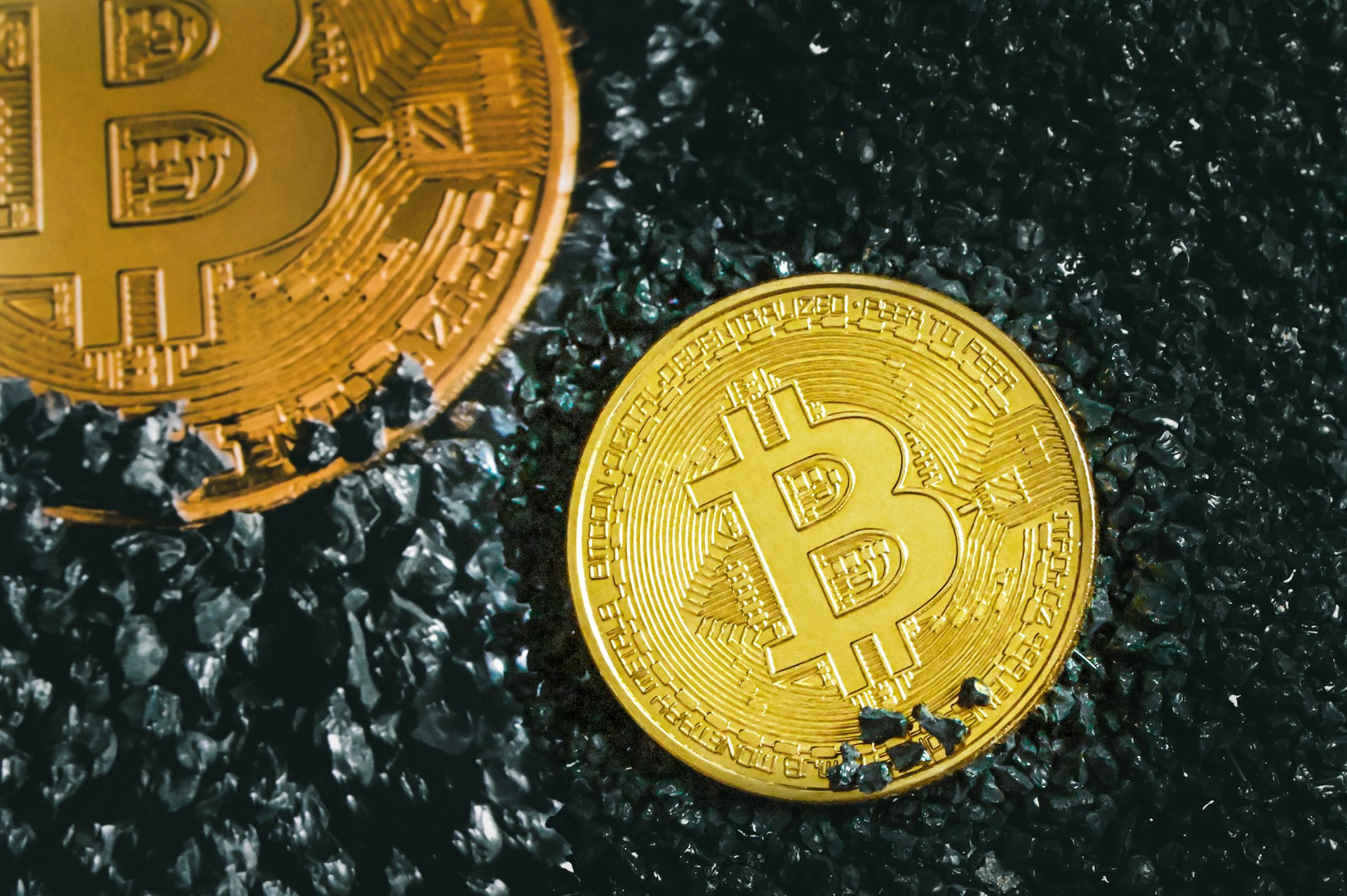Python testing frameworks help developers automate testing processes so they can spend more time writing code that matters. These frameworks also provide a way to organize and manage test suites and share test results with stakeholders.
Python has many options for testing frameworks, but deciding which one to use can be daunting. Each framework has its own strengths and weaknesses, so choosing the right one for your project is important.
This article will help you choose the right Python testing framework for your project by providing a brief overview of each framework’s features.
What is Python testing?
Python testing is a process of verifying the accuracy of code written in the Python programming language. This can be done manually or with the use of automated tools. Most of the Python testing frameworks we are going to cover are used for the purpose of automation testing.
Python testing is used to find bugs and errors in code, and to ensure that code meets its requirements. It is also used to verify that code works as intended, and to make sure that it is compatible with other code.
Testing is an integral part of the software development process and helps to make sure that code is of high quality.
Unittest framework (PyUnit)
The first option we’ll consider is the unittest module. This module is part of the standard library, so it doesn’t require any installation. It has a rich set of features, including support for fixtures, test discovery, and a wide range of assert methods.
Fixtures are used to provide a known state for tests to run in. This can be helpful when testing code that relies on external resources, such as databases or files.
Test discovery is a feature that allows tests to be automatically discovered by the testing framework. This can be useful when working with large projects, as it can save a lot of time and effort that would otherwise be spent manually configuring the testing framework.
The assert methods provided by this testing framework allow for a wide range of tests to be performed. These can be used to check for expected results or to verify that code is behaving as expected.
In general, most Python testing frameworks support fixtures, test discovery, and a wide range of assert methods.
Advantages
- one of Python generic test libraries that is built-in and doesn’t require any installation
- based on the xUnit framework
- suitable for both simple and complex tests
Disadvantages
- can be difficult to use for tests that require a lot of mock objects
- can be slow to run, due to the need to set up and tear down test cases
- a lot of boilerplate code, which can make test suites difficult to maintain
Doctest
Doctest is a Python testing framework that is part of the Python standard library. It is based on testing code snippets embedded in documentation strings. Doctest also provides a command-line interface that can be used to test modules, classes, or source files.
It is similar to unittest in that it allows you to define test cases and run them, but it has a much simpler syntax.
Advantages
- one of Python generic test libraries that is built-in and doesn’t require any installation
Disadvantages
- Doctest does not have as many features as other testing frameworks, such as support for fixtures, test parametrization, and test discovery
Robot Framework
Robot framework is an open-source testing framework for acceptance testing, acceptance test-driven development (ATDD), and robotic process automation (RPA).
It has an easy-to-use tabular test data syntax and it can also use the keyword-driven testing approach. java implementation
Robot Framework is a great tool for automating repetitive tasks, and it can also be used for more complex tasks such as web application testing.
Advantages
- the core framework is implemented using Python and it runs also on Jython (JVM) and IronPython (.NET)
- the Robot Framework project is hosted on GitHub where you can find extensive documentation, source code, and issue tracker
- operating system and application independent
- No coding knowledge is necessary because this testing framework is built on keyword-driven testing, which makes it simple to design test cases using human-readable language.
Disadvantages
- Robot Framework is based on Python, it can be slow to execute tests compared to tools that are written in compiled languages
- can be difficult to debug tests written in Robot Framework, since the framework itself is quite complex
Pytest
If you’re looking for something with a bit more of a Pythonic feel, you might want to check out pytest. This framework is very popular and has a number of features not found in unittest, such as support for monkey patching and a more concise syntax. Monkey patching is making changes to a module or class while the program is running.
Advantages
- has a rich ecosystem and many plugins
- easy to get started with thanks to its big community
- has a flexible syntax that allows for tests to be written in a variety of ways
Disadvantages
- does not have a built-in mocking tool, so if you need to mock objects in your tests, you will need to use a third-party tool
Nose2
Nose2 is a plugin-based framework that is similar to Nose, although Nose2 is not compatible with Nose. Nose2 has a new test discovery and output mechanisms.
Advantages
- nose2 is highly configurable and can be easily adapted to different project needs
Disadvantages
- Nose2 is not as widely used as other Python testing frameworks like Pytest and Unittest, so there may be fewer resources available for troubleshooting
Testing 101
There are many types of tests in IT, but some of the most common include
Unit testing
In software engineering, a unit is the smallest testable part of an application. A unit test is a piece of code written to ensure that a particular unit works as expected.
Unit tests are typically written by developers as they write code, to ensure that the code they are writing meets the requirements, and works as expected. However, unit tests can also be written by testers.
Unit tests are usually written in a programming language, and use a testing framework.
Functional testing
This type of testing ensures that the system performs as required. Functional testing checks that the system is able to carry out specific tasks and functions.
For example, a functional test might check that a user can log in to the system, that a specific button works as expected, or that a file can be downloaded from the system.
Integration testing
Integration testing is a type of testing that is used to test the integration of different components of a system to check if they are working together as expected.
Some of the challenges with integration testing include designing tests that cover all the different combinations of components, choosing the right level of testing, and dealing with dependencies between components.
API testing
API testing is a process of testing application programming interfaces (APIs) to determine if they meet expectations for functionality, reliability, performance, and security.
API testing can be done in conjunction with unit testing, as a form of component testing.
System testing
System testing is a process of verifying the end-to-end behavior of a software application to ensure it meets the business and technical requirements. System testing includes functional testing, integration testing, performance testing, security testing, and usability testing.
System testing is usually performed by a separate team of testers after the software has been built and deployed to a staging environment. The goal of system testing is to ensure the software system is working as expected and meets the Acceptance Criteria defined in the requirements.
System testing is a black box testing technique, which means the tester does not need to have any knowledge of the internal structure of the software to create test cases.
Performance testing
This type of testing assesses the speed and scalability of the system. Performance testing is generally conducted during the later stages of development, once the system has been thoroughly tested for functionality.
There are two main types of performance testing:
- Load testing: This type of test assesses the system’s ability to handle a large number of users simultaneously.
- Stress testing: This type of test assesses the system’s ability to handle peak loads. Stress testing is usually conducted after load testing has been completed.
Usability testing
Usability testing is conducted with the aim of improving the usability of a product by identifying any problems that users may have when interacting with it.
A range of techniques can be used in usability testing, such as interviews, focus groups, observation, and surveys.
This type of testing is important as it can help to improve the overall user experience of a product and make it more user-friendly.
Regression testing
Regression testing is a type of testing that is performed to ensure that changes to a system have not introduced new bugs or errors. This type of testing is usually performed after changes have been made to the system, and is typically used to confirm that the changes have not caused any new problems.
Conclusion
Your specific testing requirements will ultimately dictate which Python testing framework you should use. PyUnit will be a great choice if you only want to run unit tests. Robot Framework is best suited for automated testing but the learning curve may be a little steeper than with other frameworks. We also have default python testing frameworks – Pyunit, Doctest, and an extensible plugin system in Nose2.














 +1 (888)
413 3806
+1 (888)
413 3806